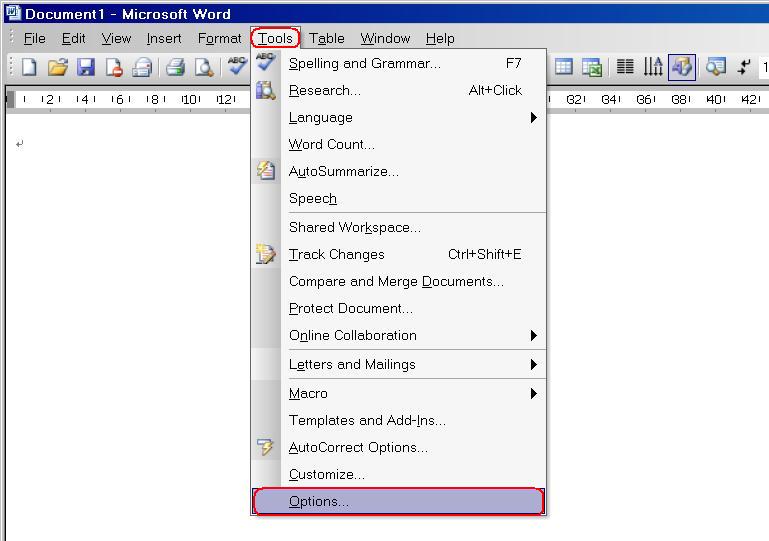
For information on the workflow, refer to the readme.txt file, which should be extracted to the same location as the tool. Once the tool has been extracted to a folder on the computer, it may be run from a command line. You cannot expand the tool into the root directory of the hard drive (for example, C:\). Note that you must use a subfolder such as C:\subdir to expand the tool.
REMOVE MICROSOFT OFFICE 2000 SOFTWARE LICENSE
OARPMan.exe, the Microsoft Software License Terms (previously known as End User Licensing Agreement or EULA), and the Readme.txt files will be extracted to the location you specify. The tool itself is a single file called OARPMan.exe. You should now be in a position to reinstall the program(s).The Office 2010 SP Uninstall Tool is contained in a package called Office2010SPUninstall.exe which is a self-extracting executable file. See the troubleshooting methods for Word and Excel, which I mentioned earlier. However, you will not want to delete the program files in this case. If you're trying to fix just Word or one of the other applications, then you can go further into the version folder and rename just the application folder name. When Office is reinstalled, a new 10.0 (or whatever version number) folder will be created. Using this method, you are backing up the old registry files, just to be safe. So.to rename the Office folder, simply right-click, hit Rename, and rename it to something like XOffice or right-click the version number and rename it for instance rename 10.0 to Old10.0. If you are only trying to remove one version, then rename only the number. If you have more than one, but only want one version of Office installed now, it is safe to rename the ENTIRE Office folder. Hkey_current_user\software\microsoft\office\X.0
REMOVE MICROSOFT OFFICE 2000 WINDOWS
Browse the registry similar to browsing in Windows Explorer and go to this folder: Do not do anything except exactly as directed. To remove Office from the registry, hit Start-Run and type *regedit* (no asterisks) and hit Enter. If the program isn't removed from the registry, it often is not fixed when you reinstall because the registry entries remain and are not overwritten on a reinstall. Remove the program from the Windows registry. Using My Computer or Windows Explorer, go to that folder. So we do it this way.īy default, Office is installed to C:\Program Files\Microsoft Office. Choosing to remove the application via the Control Panel is always preferred, but is sometimes not possible. Rarely should programs be removed this way. Additionally, Excel stores custom toolbars in *.xlb files. Normal.dot and personal.xls are files that store macros and other customizations in Word and Excel respectively. You can also save your mail settings in Outlook: open Outlook, hit Tools-Accounts, choose an account and *export* it. *.pst files are Outlook files that contain all of your Outlook objects. If you've never made your own templates, use just the following because the default templates will be reinstalled: Those are Word documents (doc), Word templates (dot), Excel workbooks (xls), Excel templates (xlt), PowerPoint presentations (ppt), PowerPoint templates (pot), and Access databases (mdb). Type the following into your Find/Search, exactly as it appears (copy it if you want), find/search the files, and copy them somewhere else on your PC: Go to Microsoft TechNet and type the error message into the keywords search with your version of Office as the product. If you get errors during uninstall or reinstall, write down the exact error message. I also assume your hard drive has been cleaned up. For Word and Excel, go to those pages at and look for the troubleshooting steps. I also assume that you've performed troubleshooting of the individual applications. Don't hold me responsible if something gets messed up! Though I assume it cannot get any worse than it is for you now, and these steps usually resolve the problem.


I was unable to find a MS Technet article that provides this information, so I'm writing (typing) it down here.


 0 kommentar(er)
0 kommentar(er)
